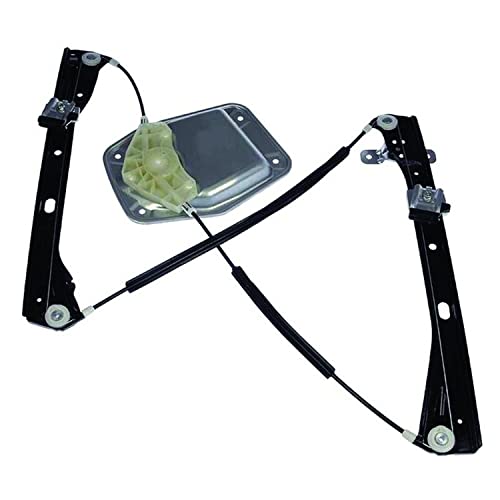blondiedread said:
From GeneBerg.com.
Why We Don't Sell Gauges.
I hear daily of engines being destroyed by people relying on gauges. I have run hundreds of accuracy tests on practically every inexpensive aftermarket gauge under $125 offered. Practically all read low in the 212 to 260 degree range by 40 to 50 degrees on oil temperature and head temperature gauges in the 250 to 550 degree reading range, again being low by as much as 250 or more degrees. I tested about twenty each of most brands such as VDO, Smith, Stewart Warner, Hawk, etc., and found none without these problems.
Oil temperature gauge readings would be 212 to 220 degrees on the gauge when the true test temperature was 240 to 260 degrees. Head temperature gauges read 385 degrees with a true test temperature of 550 plus degrees. When head test temperatures were upped to 700 degrees, the reading of the gauge went up to 390 to 395 degrees. The price range of such gauges was from $60 to $125. I swapped gauges with senders and got different readings. I found nothing in that price range I would wish on my worst enemy. Not one I tested could ever be properly calibrated or relied on in any way for any valid information or even as a comparison from day to day on the air cooled VW.
Yes, even the oil pressure gauges were just as bad. I found good accurate gauges range from about $250 to $350 and few people would buy them. What was needed was a device that gave the information required and was reasonably priced. That was the reason for the GB 227 in the first place. It is specifically made and calibrated to provide an accurate reading in the ranges of the VW air cooled engine. Originated by Hal Brown in 1972. Made in the USA.
Note: If you must install an oil pressure gauge use GB 264-1/8 tee fitting and GB 265-1/8 pipe nipple to install the factory (Bosch VWA021-919-081B) light sending unit and the gauge together as the factory sender and light are over 100 times as fast to tell you if you run out of oil. Never use any sender that has the pressure and a light combination as they are extremely slow and you lose the rapid action that the factory light sender provides.
Warning: If you want gauges as a decoration fine, but never rely on them. After all, if they provided reliable information I would be selling them to make a profit just like our competition.
I use my own test........
Whenever I stop on a long run I have a sniff down the vents, hot smells different to HOT! 8)
Matt.
Interesting read that.
There is a lot of paranoia about temperatures these days because these vehicles are now old and have become toys. Old worn out engines are more likely to overheat its true. Originally none of them had temperature and pressure gauges and the vehicles were operated extensively all over the world.
It makes me smile when I see posts about quoted readings and fear of overheating if doing more than 55 mph on a run in the English climate - because in my minds eye I recall the overloaded vans and mini buses stuffed with people and goods thrashing through the heat of the desert sand or climbing the mountain passes in south america - flat out in third or second gear for hours on end.
I can understand that owners like to fit gauges, they can look good and they can be useful if (as already posted) they are used as a guide rather than worrying about the absolute figures. I too now have a pressure and oil temp gauge fitted since the engine is significantly modified and I have to admit they have both been useful in keeping an eye on the monster, particularly whilst running in and whilst running at not inconsiderable speed on summer motorways in the med. I never bothered with gauges whilst running a stock engine.
The temperature discrepancies quoted in the article surprise me. Not the head temp ones. Head temps are notoriously difficult to measure. The whole point of the head design is to dissipate heat as fast as possible, so the reading you get from any system will vary considerably by even very small changes in the position/location you are measuring from.
Its the quoted oil temperature and pressure results that surprise me.
I too have tested guages from VDO, autometer, eqques, jaeger etc and found that most were not all that accurate but the differences were not as extreme as those quoted. Most read to within around 10%, which IMO makes them perfectly usable. You can always check your own in boiling water. Note you have to dip the sensor into the kettle while its actually boiling since as soon as you switch off the kettle the temperature drops very rapidly.
As for the comments on the reaction time of the oil warning light - that too I find exaggerated. It may be important on a race or dragster engine, where the driver is constantly monitoring everything and the warning lights are huge and bright - but in normal everyday driving in the real world, people simply dont watch their gauges and lights all the time and on a bright sunny day they can be almost invisible anyway.

































